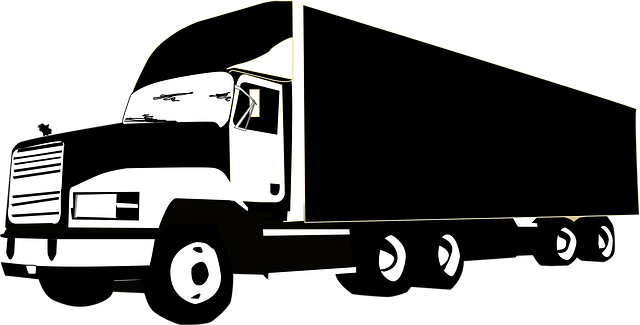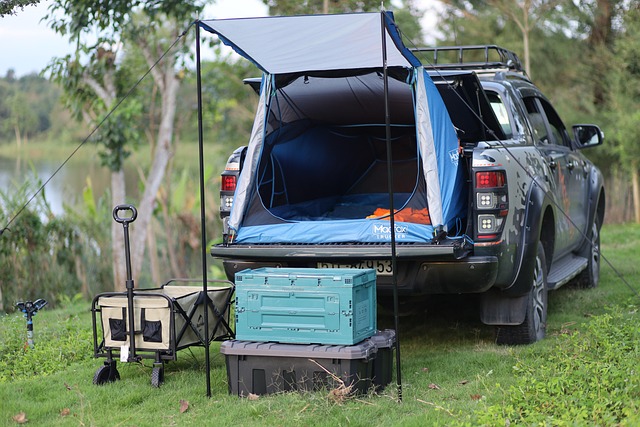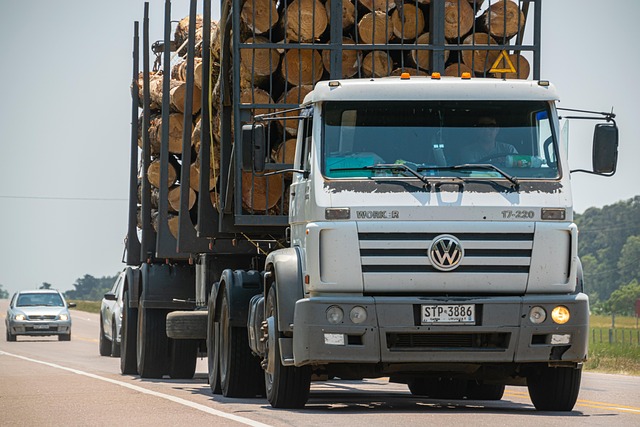Looking to register your car in California? This comprehensive guide breaks down the process step-by-step, from understanding key requirements to choosing between online or in-person registration. We delve into crucial aspects like VIN verification—essential for ensuring vehicle accuracy and authenticity. By following these clear instructions, you’ll navigate California’s car registration process with ease. Keywords like ‘vin verification’ are integrated naturally, helping you optimize your search.
- Understanding the California Vehicle Registration Process
- Gather Required Documents for Car Registration in CA
- VIN Verification: How to Check and Ensure Accuracy
- Choosing a Suitable Registration Method: Online vs. In-Person
- Step-by-Step Guide: Completing Your California Car Registration
Understanding the California Vehicle Registration Process

Understanding the California Vehicle Registration Process
Registering a car in California involves several steps designed to ensure vehicle safety and accountability. The process begins with gathering essential documents, including your vehicle’s registration certificate from the previous state, proof of insurance, and a completed Application for Title and Registration (Form DVF-14). Once these are ready, you’ll need to undergo a critical step known as VIN verification. This involves checking the Vehicle Identification Number (VIN) against state records to ensure the vehicle matches the details on file.
In California, you have options to streamline this process, such as utilizing a mobile vin inspection or scheduling an appointment at a local DMV office. The latter may be more convenient for some, while the former offers the perk of having your vehicle’s VIN verified at your current location. Regardless of method, ensuring accurate and timely registration is crucial to avoid penalties and maintain legal compliance on California’s roads.
Gather Required Documents for Car Registration in CA

Before you can register your car in California, you’ll need to gather several key documents. The process is designed to ensure vehicle authenticity and safety, with a primary focus on verifying the Vehicle Identification Number (VIN). This involves a crucial step known as VIN inspection or vin verification. It’s essential to have all necessary papers ready to streamline the registration procedure.
For efficient vin inspection, you should collect documents such as the title, registration certificate (if available), and your driver’s license. Additionally, proof of insurance is mandatory. If you’re utilizing a mobile vin inspection service for convenience, ensure they accept California-specific requirements. This approach can save time by combining both the document gathering and verification processes.
VIN Verification: How to Check and Ensure Accuracy

Before registering your car in California, it’s crucial to ensure that the Vehicle Identification Number (VIN) is accurate and legitimate. VIN verification is a critical step in the registration process as it helps prevent fraud and ensures the vehicle’s history is clear. You can check the VIN on the vehicle’s certificate of ownership or by using a mobile vin verifier app, which scans the label for accurate data.
To perform this verification, you’ll need to cross-reference the information with trusted sources like state records or reputable online platforms offering vin inspection services. A mobile vin verification tool can simplify this process by providing instant results and alerts if there are any discrepancies or issues associated with the VIN. This additional layer of scrutiny is beneficial in today’s digital era, where fraudsters may attempt to use manipulated or stolen vehicles for illegal activities.
Choosing a Suitable Registration Method: Online vs. In-Person

Choosing between online and in-person registration depends on personal preference and convenience. The California Department of Motor Vehicles (DMV) offers both options for car registration, each with its own set of advantages. Online registration provides a swift and efficient process from the comfort of your home, allowing you to upload documents and complete the necessary forms digitally. This method is particularly appealing for those tech-savvy individuals who prefer a paperless approach.
On the other hand, visiting a DMV office in person offers a more traditional experience but may be required for certain cases. In-person registration ensures immediate feedback and clarifications from DMV representatives. It’s also ideal when you need a VIN (Vehicle Identification Number) inspection or verification, which is crucial for validating vehicle history, especially when purchasing a used car. Consider using a mobile vin verifier for convenience during your visit to streamline the process further.
Step-by-Step Guide: Completing Your California Car Registration

Completing your California car registration involves a straightforward process, but ensuring accuracy is key. Here’s a step-by-step guide to help you navigate it smoothly. First, gather all necessary documents, including proof of ownership, vehicle identification number (VIN) verification, valid driver’s license, and insurance card. Online registration is available if your vehicle was purchased new or recently within the state.
If not, head to a California Department of Motor Vehicles (DMV) office for manual registration. During the process, you’ll need to present your documents, pass a vehicle inspection, and pay the registration fees. A mobile VIN verifier can assist with quick and accurate VIN inspection, ensuring a seamless experience. Alternatively, many auto shops or service centers offer on-site vin inspection services as well.
Registering your car in California is a straightforward process that involves several key steps, including thorough VIN verification. By gathering all necessary documents and choosing the right registration method, you can efficiently complete the process. Remember to double-check information for accuracy during vin verification to ensure a smooth and successful vehicle registration.



